
How to Ensure Your Cactuses and Succulents Live Their Best Life
What are the best varieties of cactuses and succulents to grow? Here are tips on planting and caring for these desert-dwellers so you can help them thrive.
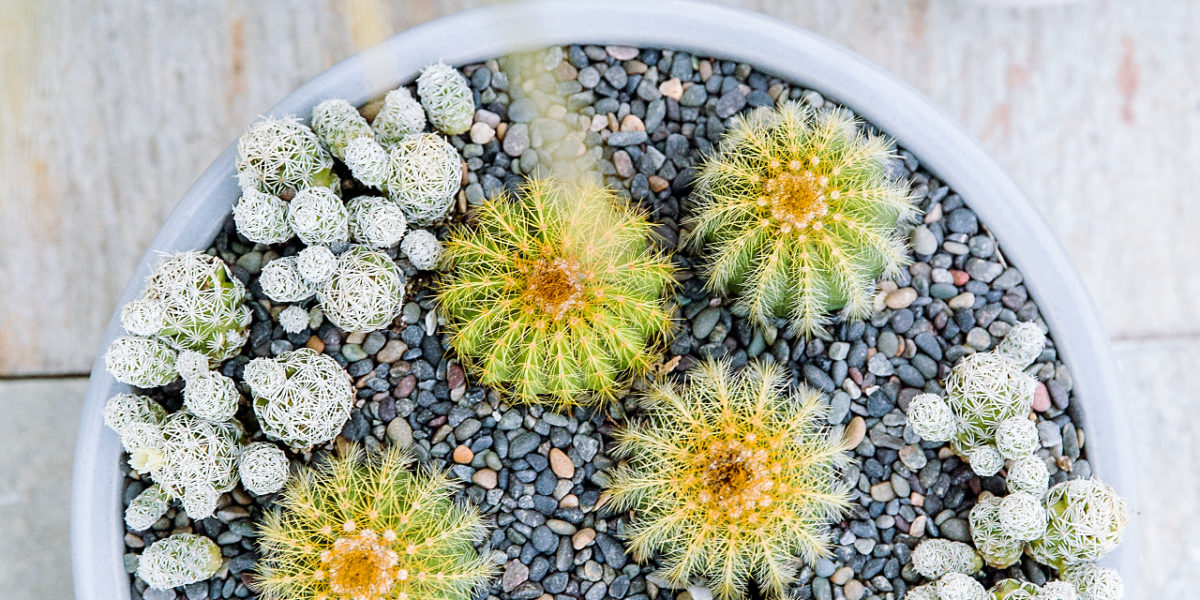
Many people profess that they could never keep plants alive until they started growing cactuses and other succulents. These plants want to stay alive. With ample drainage, plenty of sun, and protection from freezing temperatures, they are generally easy to grow. They are also drought tolerant, pest- and disease-free, and evergreen, so they’re eye-catching in the garden year-round.
We’ve gathered a collection of some of the best cacti and succulents to grow in your Western garden—as well as our essential tips for helping your cactus garden thrive.
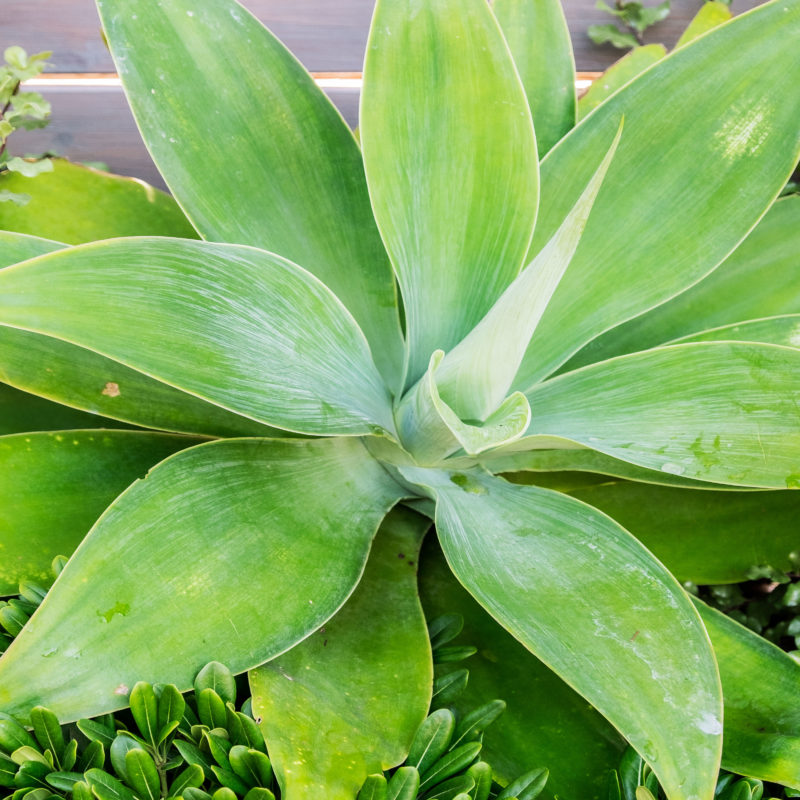
Thomas J. Story
The Best Cactus Varieties to Grow
From agaves to aloes to barrel cactus, there are many varieties that add interest to your garden. See our favorites for year-round, easy-care beauty.
Transportation
Use thick carpet padding or foam to wrap cactus when you’re bringing them home from the nursery. This helps prevent damage to the plants as well as to your skin. Be sure to wear gloves too.
Protect Yourself From Spines
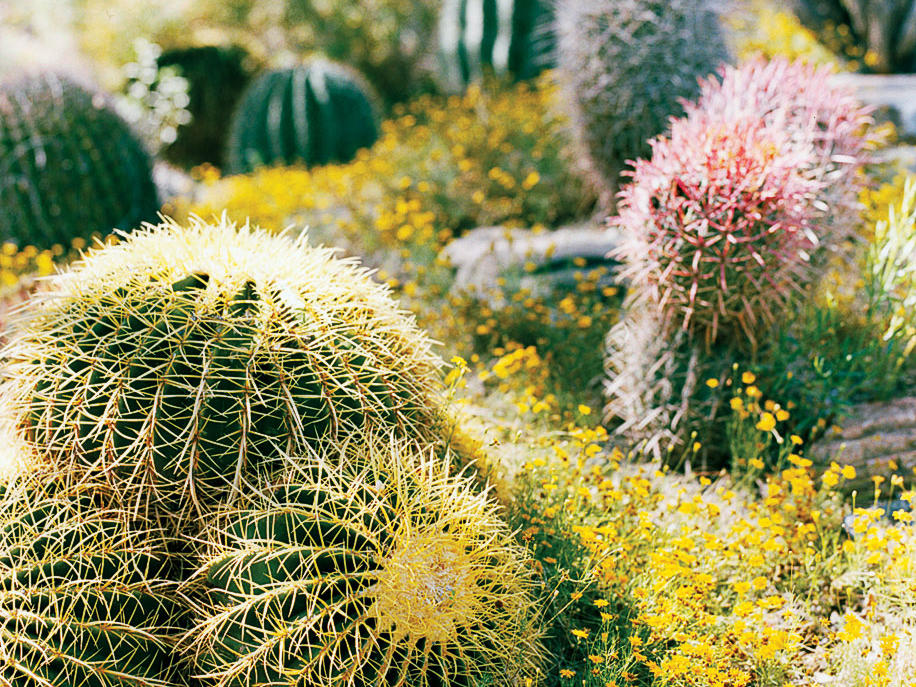
David Fenton
Whenever you are handling cactuses that have spines, protect your hands by wearing thick leather gloves. Some gardeners recommend wearing two pairs of gloves—leather work gloves inside rose gloves.
Plant Cactuses and Succulents Wisely
Cactuses and other succulents can be planted similarly to any other plant. Dig a hole that’s about as deep as the root ball and 1.5 times its width. Remove plants from the container (wearing protective gloves and safety glasses). Place your plant in the hole. You can sprinkle granulated succulent and cactus plant food into the hole and mix it with the backfill soil if needed. Fill in around the plant with amended soil that drains well. Tamp soil down lightly and water. The best time to plant is spring or late summer (if your climate experiences freezes) or early fall (in warmer climates).
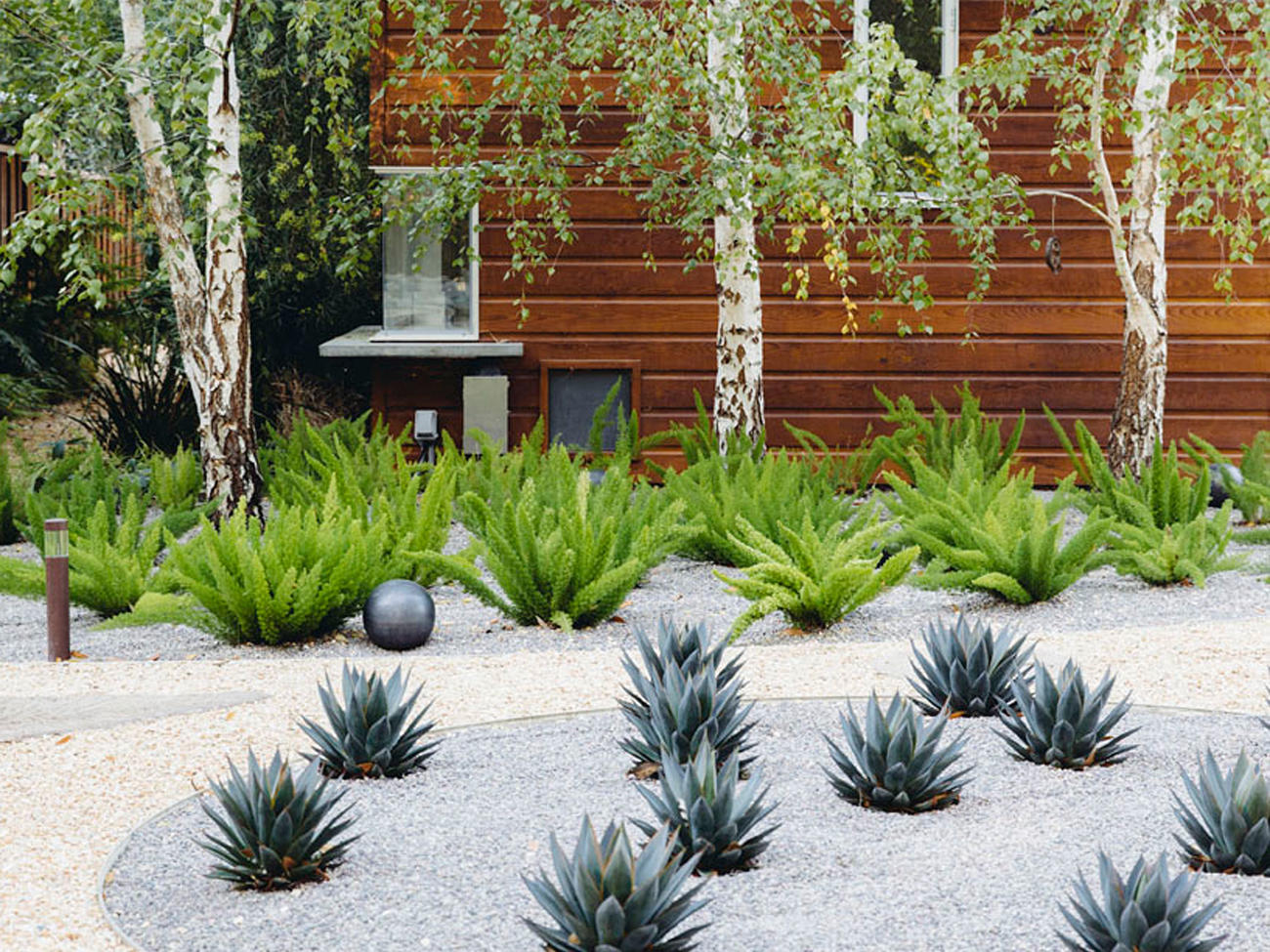
Thomas J. Story
Give Them Some Space
Those small cactuses and succulents you buy at the nursery can turn into large plants, so be sure you give them plenty of space. Many also produce offshoots or pups that turn into colony-like clumps.
Drainage is Important
Too much moisture can kill a cactus or cause rot. In order to make sure your cacti aren’t getting too much water, put a finger a few inches into the soil to check moisture levels. If there’s any moisture, you don’t need to water. Also, be sure your irrigation system stops watering when it rains.
Potting for Your Cactus
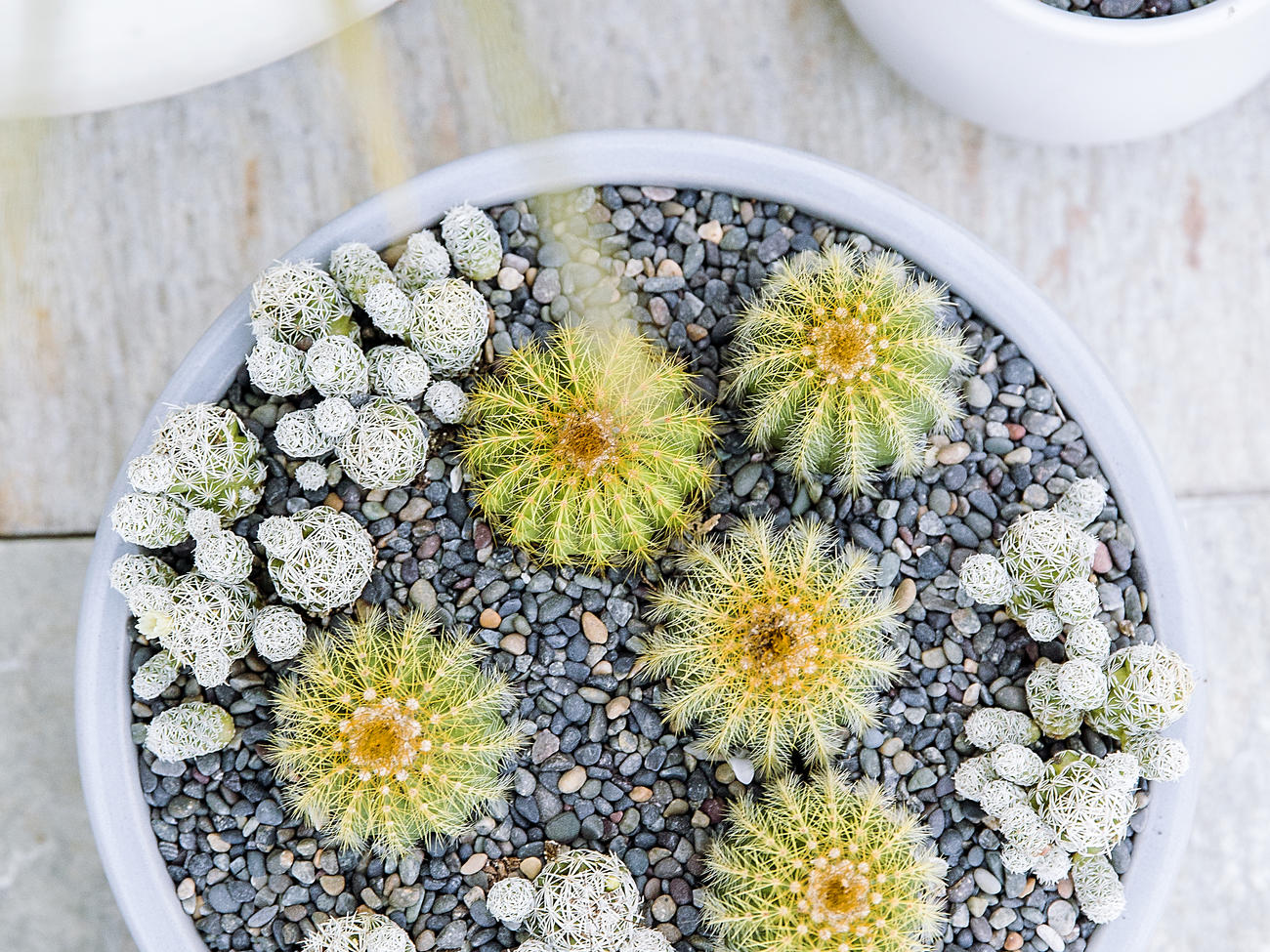
Thomas J. Story
When potting cactuses or succulents, use containers that have holes at the bottom for drainage. Fill the bottom of the container with pieces of broken pots or large gravel to help prevent the drainage hole from becoming clogged. Be sure to use a cactus mix that has pumice when planting—the pumice helps with drainage. Cover the soil with a layer of rock for a decorative effect; it also keeps soil in place.
Watering Your Cactus
Give plants a baseline of water through a drip system twice a week. The amount of water can be minimal. Then hand water plants as needed in hotter months.
Until plant roots are established succulents and cactus still need adequate water every 3 to 5 days. If you’re not getting rain, be sure to water your plants or make sure your irrigation is reaching the root.
Water less after the first year. Once plants are established you don’t need to water as frequently. Many succulents and cacti can even be completely taken off irrigation after the first year or two. They will survive, and often perform better, on rainfall alone. Avoid watering especially during fall and winter.
Fertilizing Cacti
You don’t have to fertilize succulents and cacti but some people do because it can help produce faster growth and better flowering. Grow More Cactus Juice is a commonly used liquid plant food that can be applied in spring and fall. If you’re fertilizing regularly, it’s also fine to dilute the mix before applying. Water the plants after fertilizing.
Provide Protection in Freezing Temperatures
Many succulents and cactuses can handle cold temperatures down to around 25 to 30 degrees without damage. Plants such as Yucca rostrata (big bend yucca) and Fouqueieria splendens (ocotillo) though can handle temperatures down to zero degrees. If freezing temperatures are common in your garden, be sure to select hardy varieties or grow plants in pots that can be moved indoors during the winter.
Our Favorite Sources
There are lots of sources for cactuses and succulents these days. Start at one of your local nurseries. Chances are they have a decent selection or can point you in the right direction for a specialty grower.
Here are a few online as well as regional suppliers to check out:
- Altman Plants
- Annie’s Annuals & Perennials
- The Cactus Jungle (Berkeley and Marin, CA)
- Mountain Crest Gardens
- Plant Delights
- Plants Express (California only)
- Waterwise Botanicals (San Diego)
